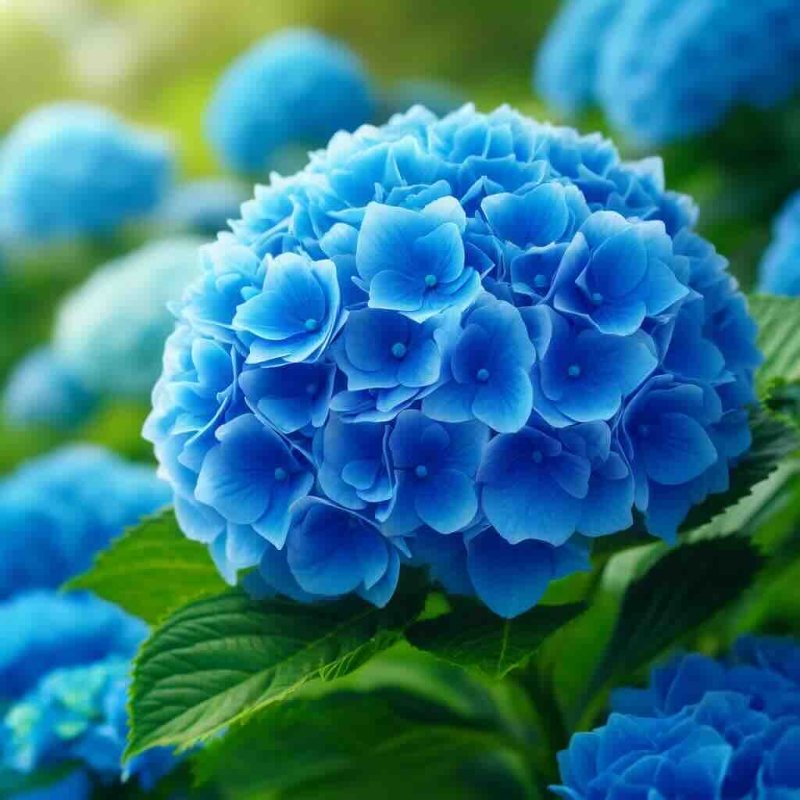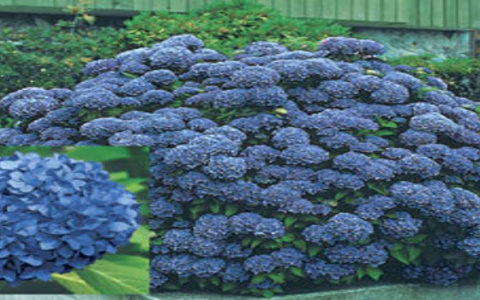Alright, folks, let’s talk about getting those blue hydrangeas popping! I’ve been messing around with mine for a while, and I’ve picked up a few things along the way. This isn’t some fancy gardening guide, just what’s worked for me.
Getting Started: Picking the Right Plant
First, I picked up a young hydrangea from my local nursery. You want one that looks healthy, no droopy leaves or brown spots. Don’t be afraid to poke around and check the roots a bit, make sure they’re not all tangled up.

Planting That Sucker
Next, I found a good spot in my yard. These guys like morning sun and afternoon shade. Too much sun all day and they’ll wilt like a week-old salad. I dug a hole about twice the size of the root ball, made sure it wasn’t too deep. You want the top of the roots to be level with the ground.
The Dirt on Soil (See What I Did There?)
Here’s the key to the blue color: acidic soil. I grabbed some soil acidifier from the store – it’s usually aluminum sulfate. I mixed some of that into the soil I dug out, following the instructions on the bag. Don’t go crazy with it, you can always add more later.
I placed the hydrangea in the hole, filled it back in with the soil mix, and patted it down gently. No stomping! Then I gave it a good watering.
Watering and Feeding
- I water my hydrangea deeply a few times a week, especially when it’s hot. Don’t let the soil dry out completely.
- I also feed it with a fertilizer made for acid-loving plants. I do this a couple of times during the growing season, spring and early summer. Just sprinkle it around the base of the plant and water it in.
- I check soil PH frequently.
Keeping an Eye On Things
Throughout the growing season, I keep an eye out for any problems. If the leaves start to yellow, I might add a little more acidifier. If it’s wilting a lot, I might need to water more often. Sometimes, you just gotta experiment a bit to see what your plant likes.
Enjoying the Blooms
Finally, when those beautiful blue blooms start to appear, I just sit back and enjoy! It’s pretty satisfying to see the results of your work. And remember, even if they’re not perfectly blue, they’re still gorgeous flowers. Don’t sweat it too much!





















